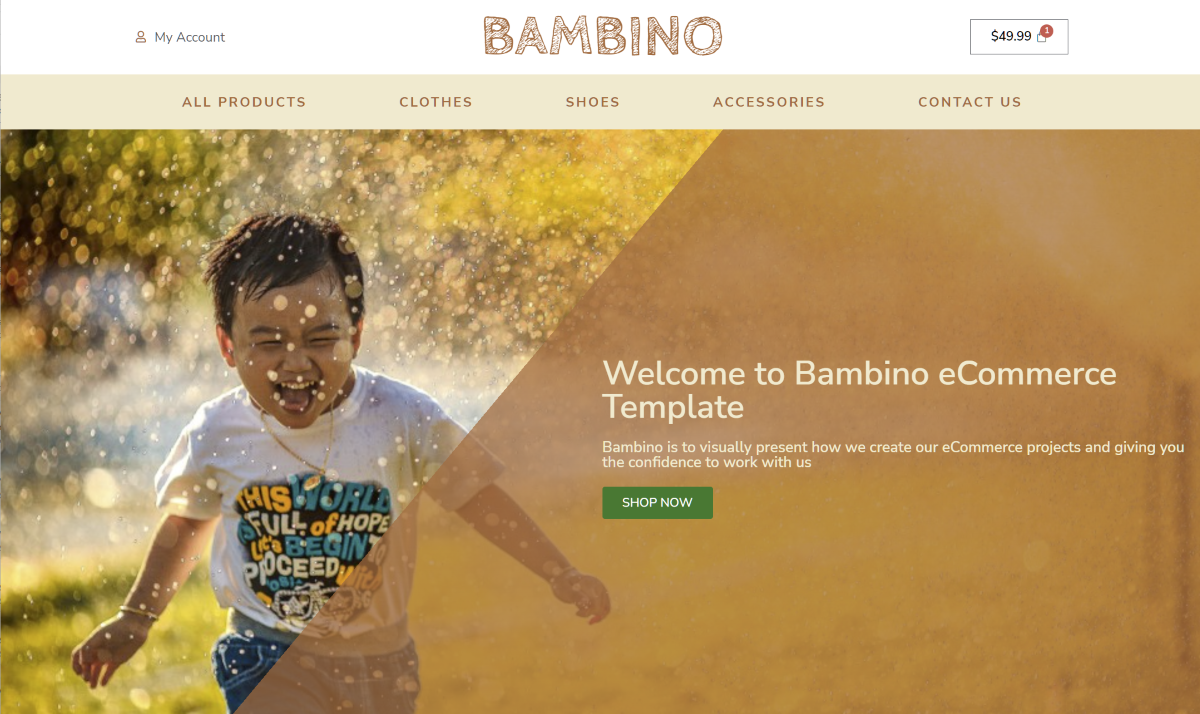In the digital age, a well-crafted website is more than just a digital presence; it’s a powerful tool for attracting, engaging, and converting visitors into loyal customers. While visual design plays a significant role, the heart of any successful website lies in its content. From grabbing attention to delivering a clear message, here’s a step-by-step guide on how to prepare compelling content for your website.
Step 1: Define Your Audience
Before you start writing, understand who your target audience is. Consider their demographics, preferences, needs, and pain points. Tailor your content to resonate with them.
Step 2: Set Clear Objectives
Identify the primary goals of your website. Are you aiming to inform, sell, or entertain? Each page should have a specific purpose and a clear call to action.
Step 3: Plan Your Structure
Organize your content logically. Create a sitemap to outline the main pages and their hierarchy. This will ensure a smooth flow and easy navigation for your visitors.
Step 4: Craft Attention-Grabbing Headlines
Your headlines should be concise, relevant, and engaging. They play a crucial role in grabbing your visitors’ attention and encouraging them to read on.
Step 5: Write Clear and Concise Copy
Use simple language to convey your message. Be clear about what you offer and how it benefits your audience. Avoid jargon that might confuse or alienate readers.
Step 6: Utilize Visual Elements
Enhance your content with relevant images, videos, and infographics. Visuals break up the text, make it more engaging, and help convey complex ideas quickly.
Step 7: Focus on Benefits
Rather than just listing features, highlight the benefits your products or services offer. Explain how they can solve your audience’s problems or enhance their lives.
Step 8: Include Calls to Action (CTAs)
Every page should include a clear and compelling CTA that directs visitors to take the desired action, whether it’s signing up for a newsletter, making a purchase, or contacting you.
Step 9: Add Testimonials and Case Studies
Include social proof in the form of customer testimonials and case studies. Real-life examples of how your offerings have helped others build trust and credibility.
Step 10: Optimize for SEO
Incorporate relevant keywords naturally into your content to improve search engine visibility. However, avoid keyword stuffing, which can negatively impact readability.
Step 11: Edit and Proofread
Review your content for grammatical errors, spelling mistakes, and clarity. Typos can undermine your credibility, so take the time to edit and proofread thoroughly.
Step 12: Mobile Optimization
Ensure your content is mobile-responsive. With a growing number of users accessing websites on mobile devices, responsive design is essential for a seamless user experience.
Step 13: Update Regularly
Website content should be dynamic, reflecting your latest offerings and updates. Schedule regular reviews to keep your content fresh and up-to-date.
Remember, your website is a dynamic platform that evolves with your business. Crafting high-quality, relevant, and engaging content is an ongoing effort that pays off in the form of improved user engagement, higher conversions, and a strong online presence.












